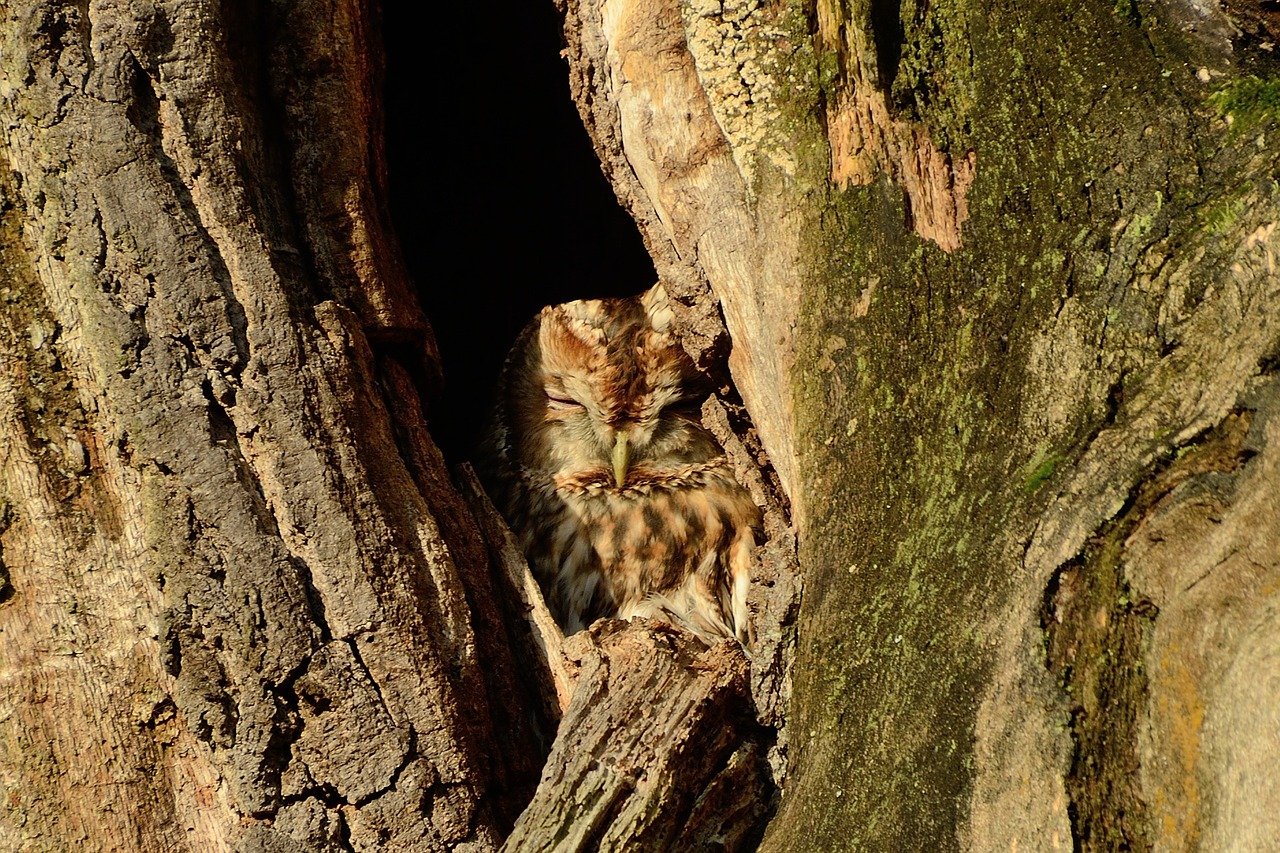Skogskvalitet och kattugla i olika skogstyper i centrala Italien
DOI:
https://doi.org/10.34080/os.v12.22835Nyckelord:
habitatval, botäthet, val av boplats, rovfågel, populationstäthet, interaktion mellan predator och byte, predator-bytesinteraktionAbstract
We correlated breeding density and proportion of wooded area per territory of Tawny Owl Strix aluco measured in four deciduous forest types with forest elevation and songbird abundance, both regarded as estimators of forest productivity. The proportion of wooded area was positively correlated to forest elevation, being low in coastal thermophilous oak woods and increasing in hilly mesophilous oak woods and in mountain beech woods. Songbird abundance showed a reverse pattern as the proportion of wooded area per owl territory was negatively correlated to songbird abundance. No correlation was observed between these variables and the breeding density of owls. The low proportion of wooded area per territory in coastal thermophilous oak forests likely depends on that this wood type provides old trees with suitable cavities for nesting and large prey availability, thus representing the optimal habitat for the Tawny Owl in central Italy. We suggest that wooded area per owl territory may be used to predict the quality of different forest types.
Nedladdningar

Downloads
Publicerad
Referera så här
Nummer
Sektion
Licens
Författaren/författarna innehar copyright för varje enskilt bidrag, men samtliga bidrag är publicerade under en Creative Commons-licens, så att vem som helst kan dela och återanvända bidraget förutsatt att copyright-innehavaren erkänns.







